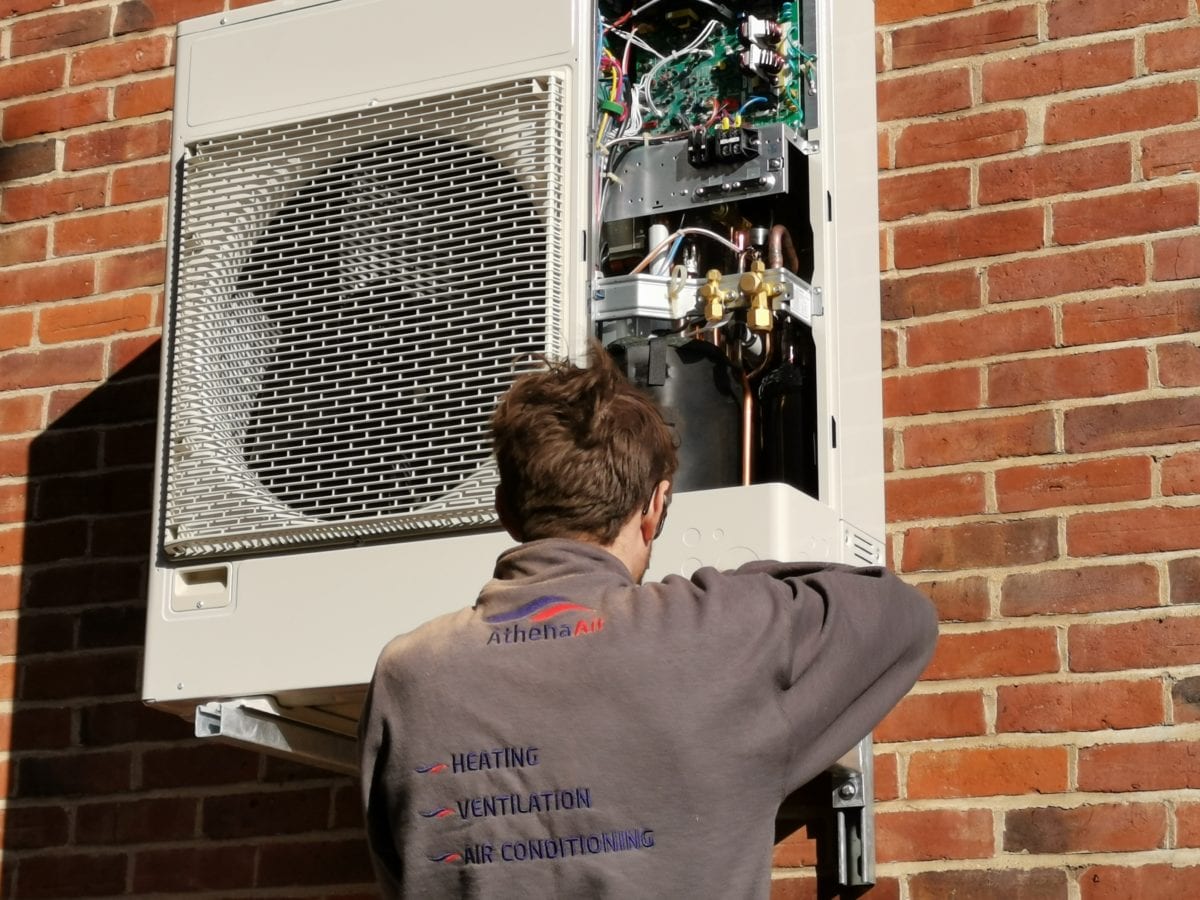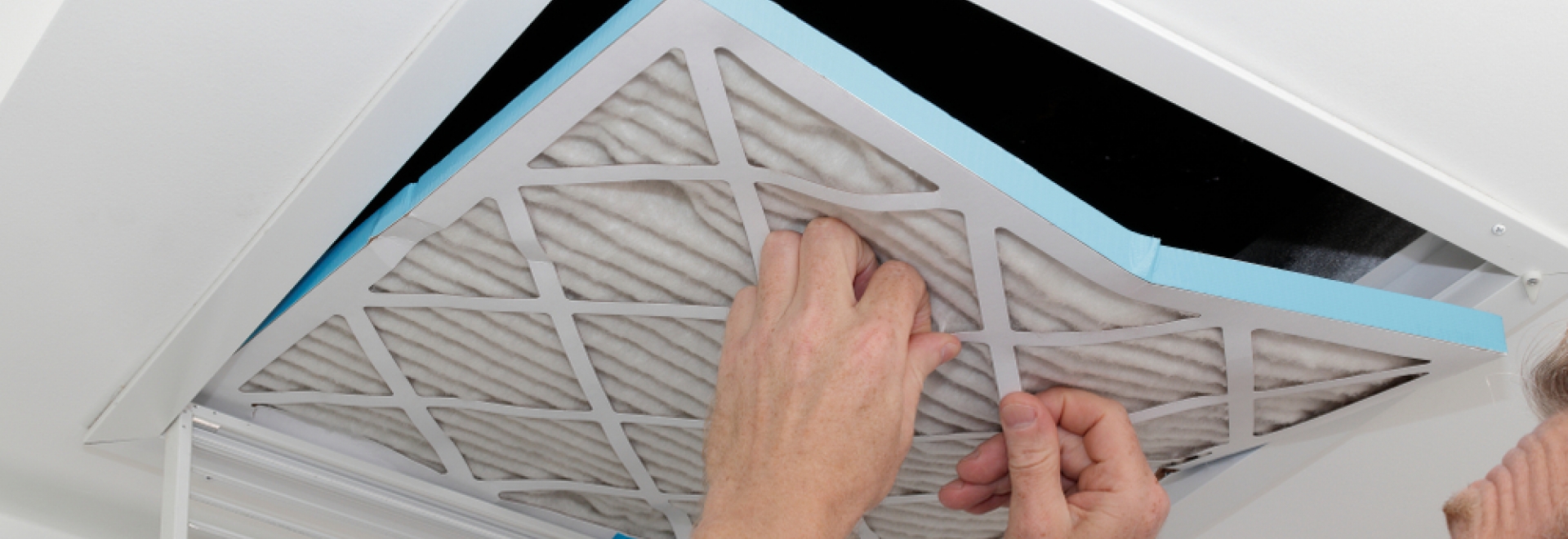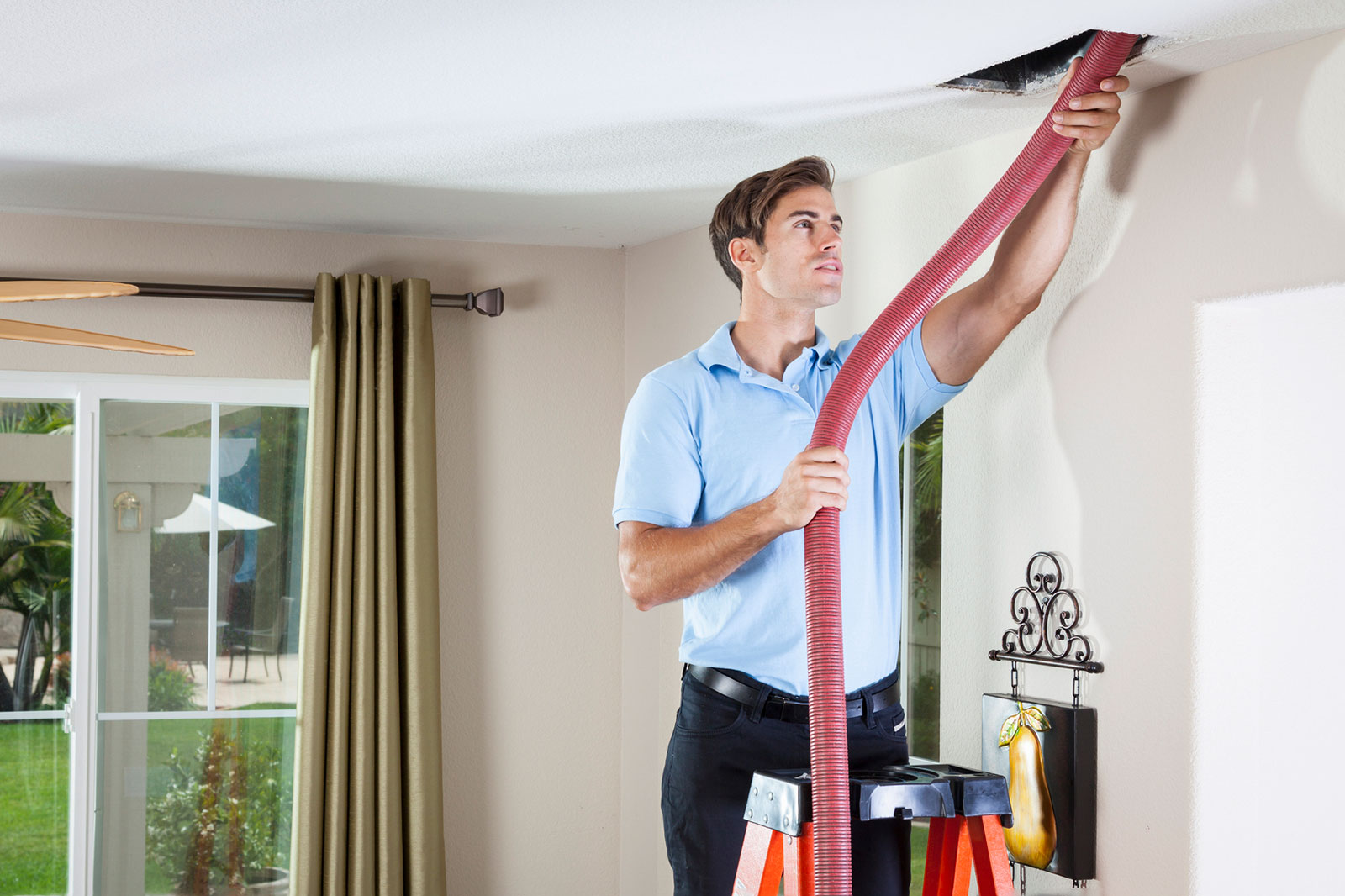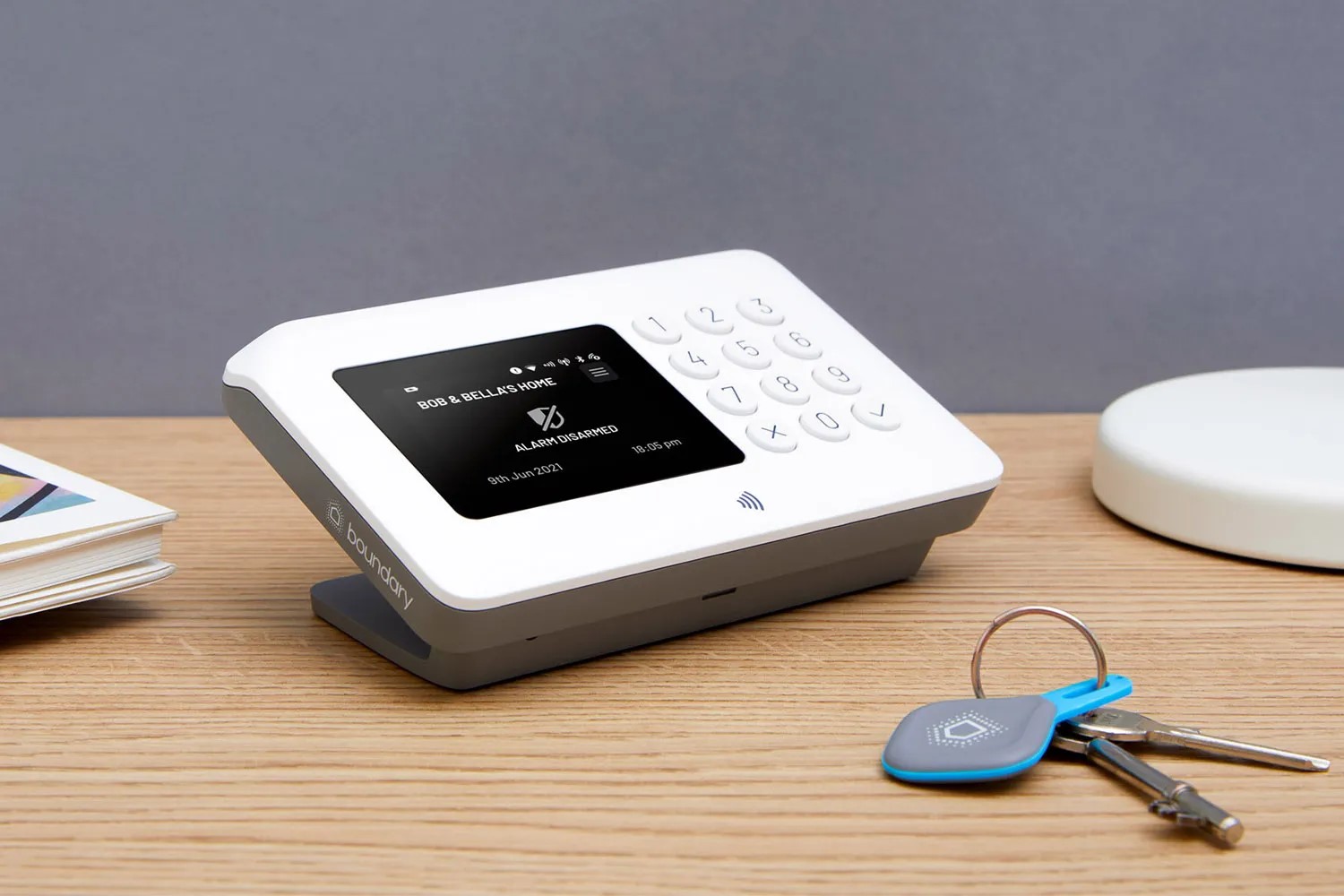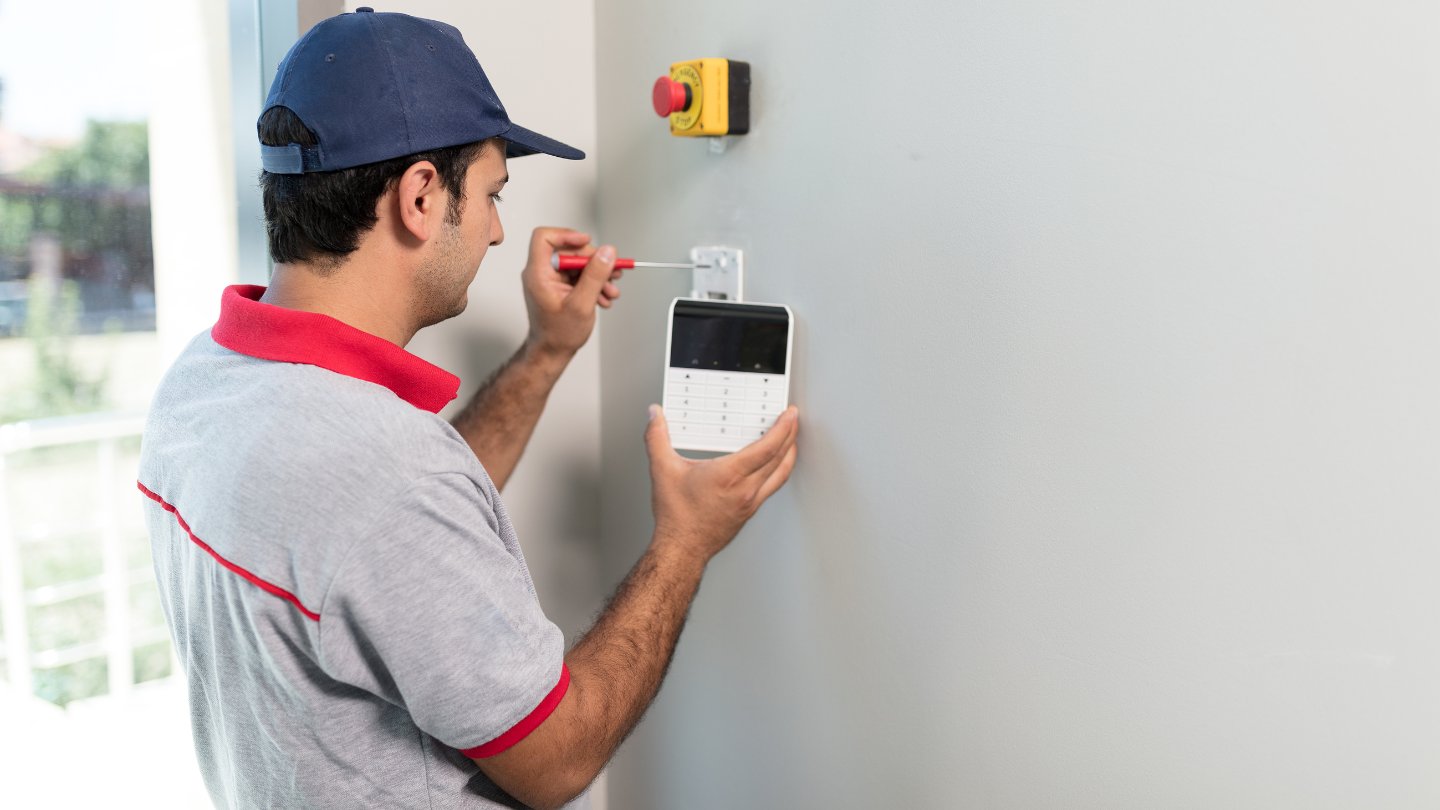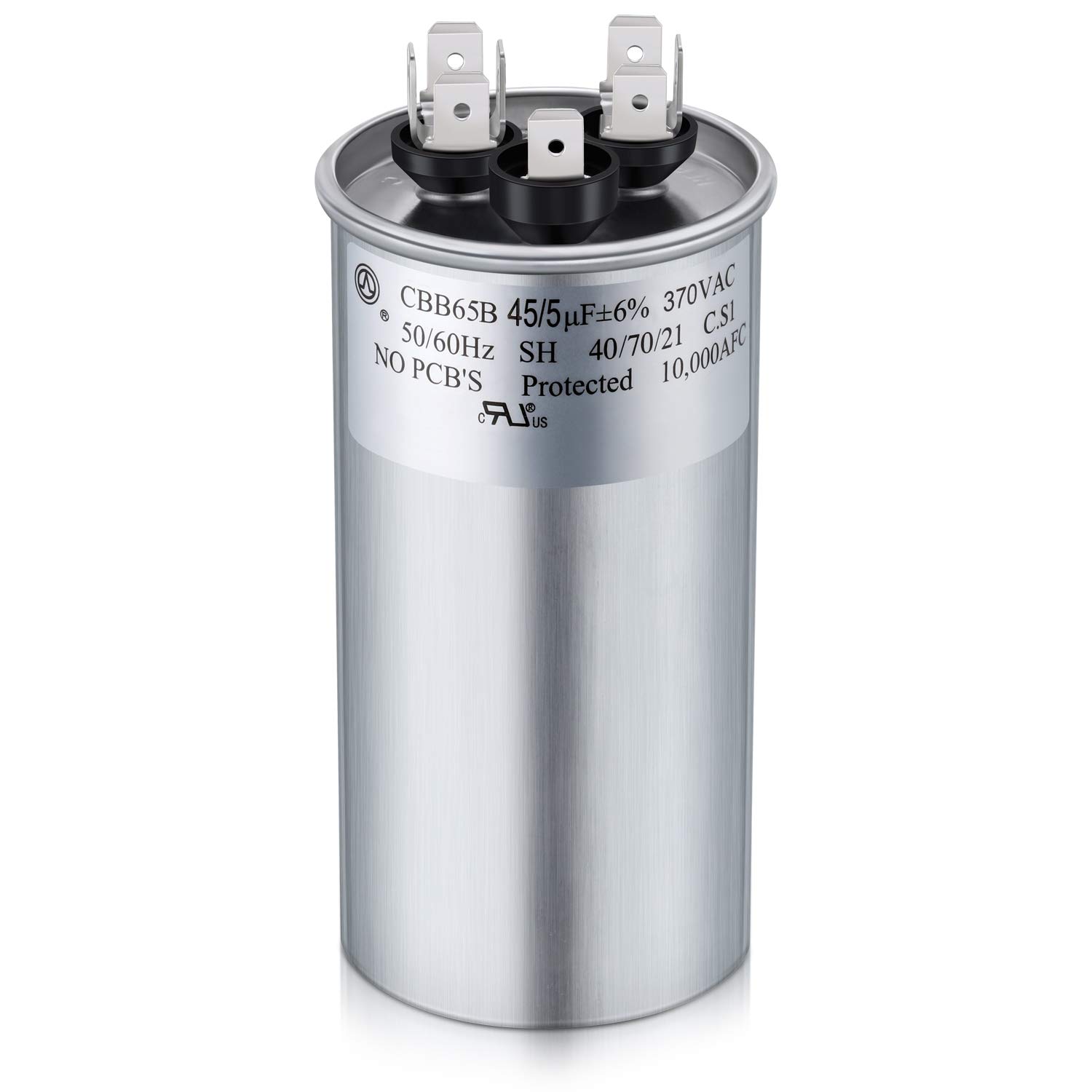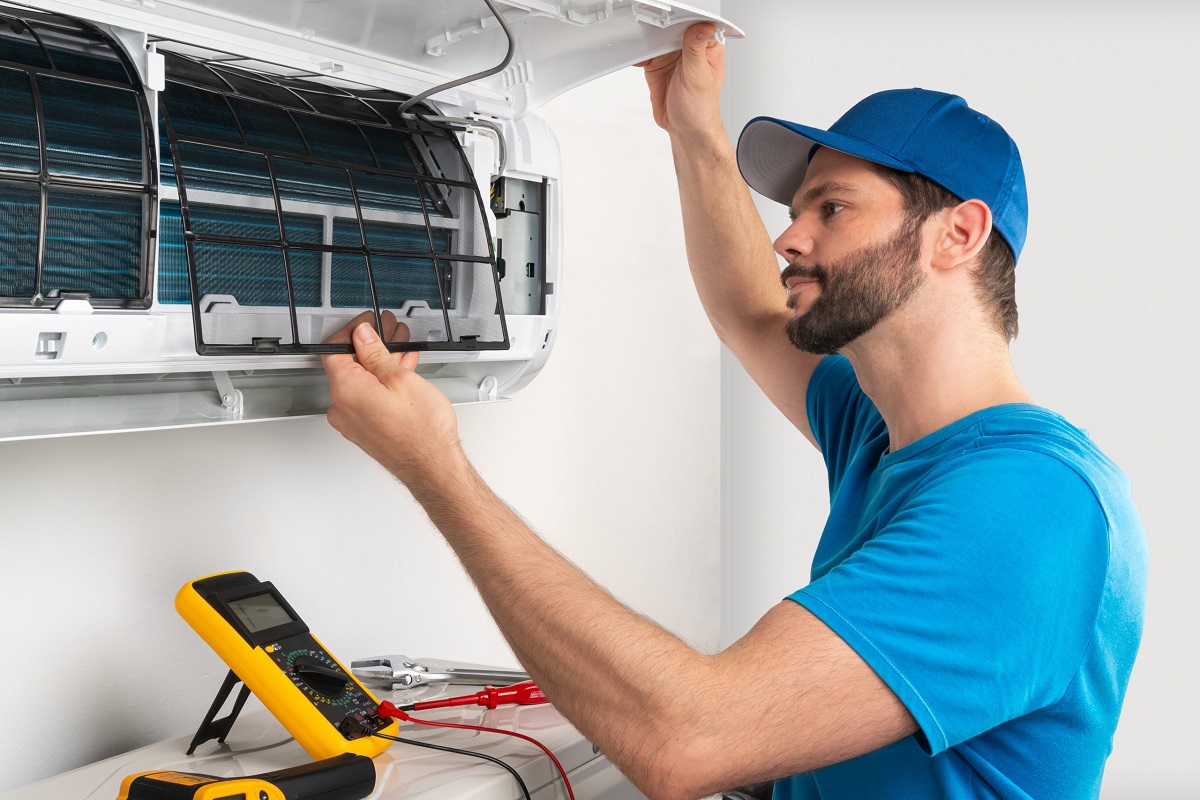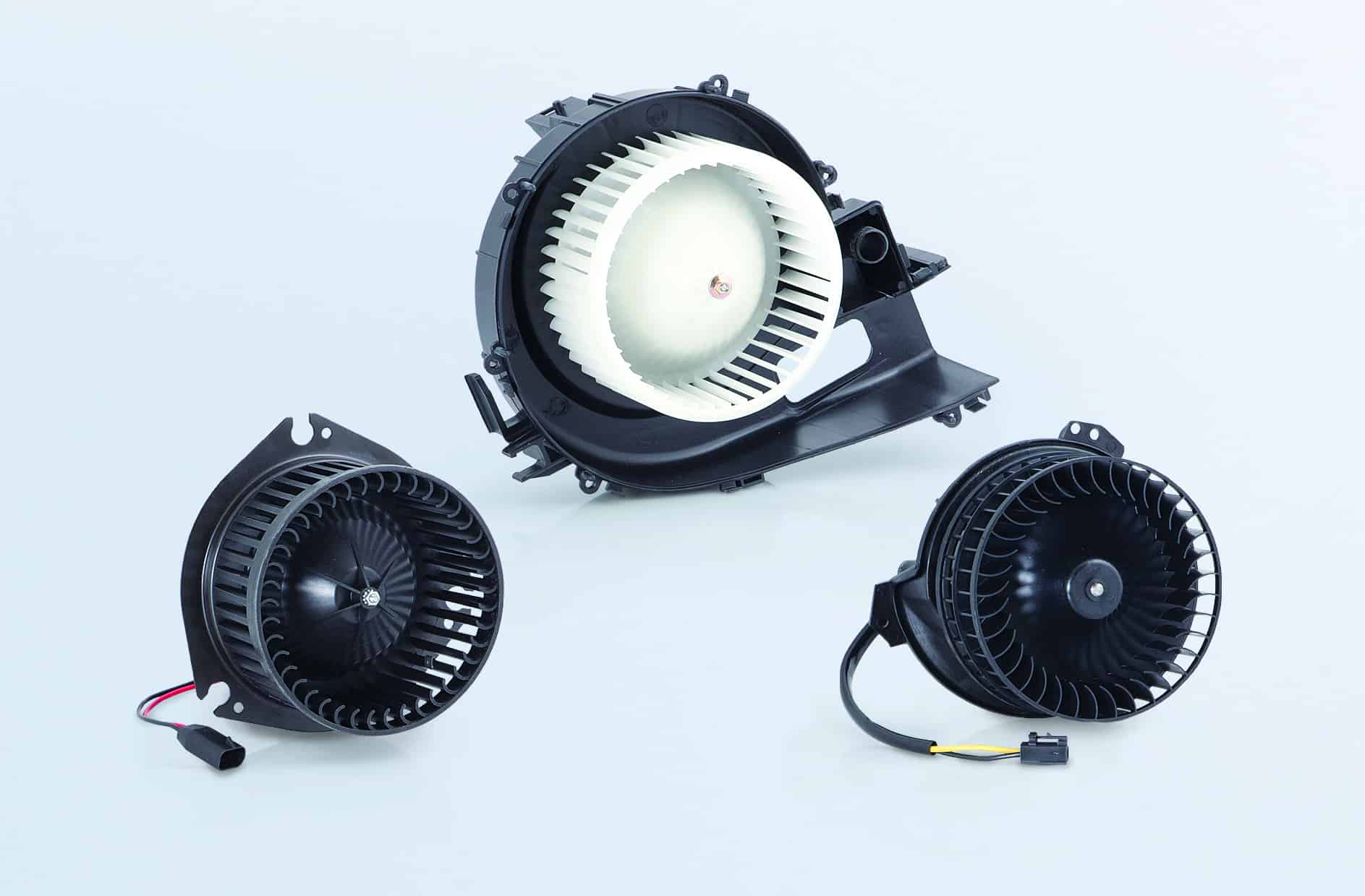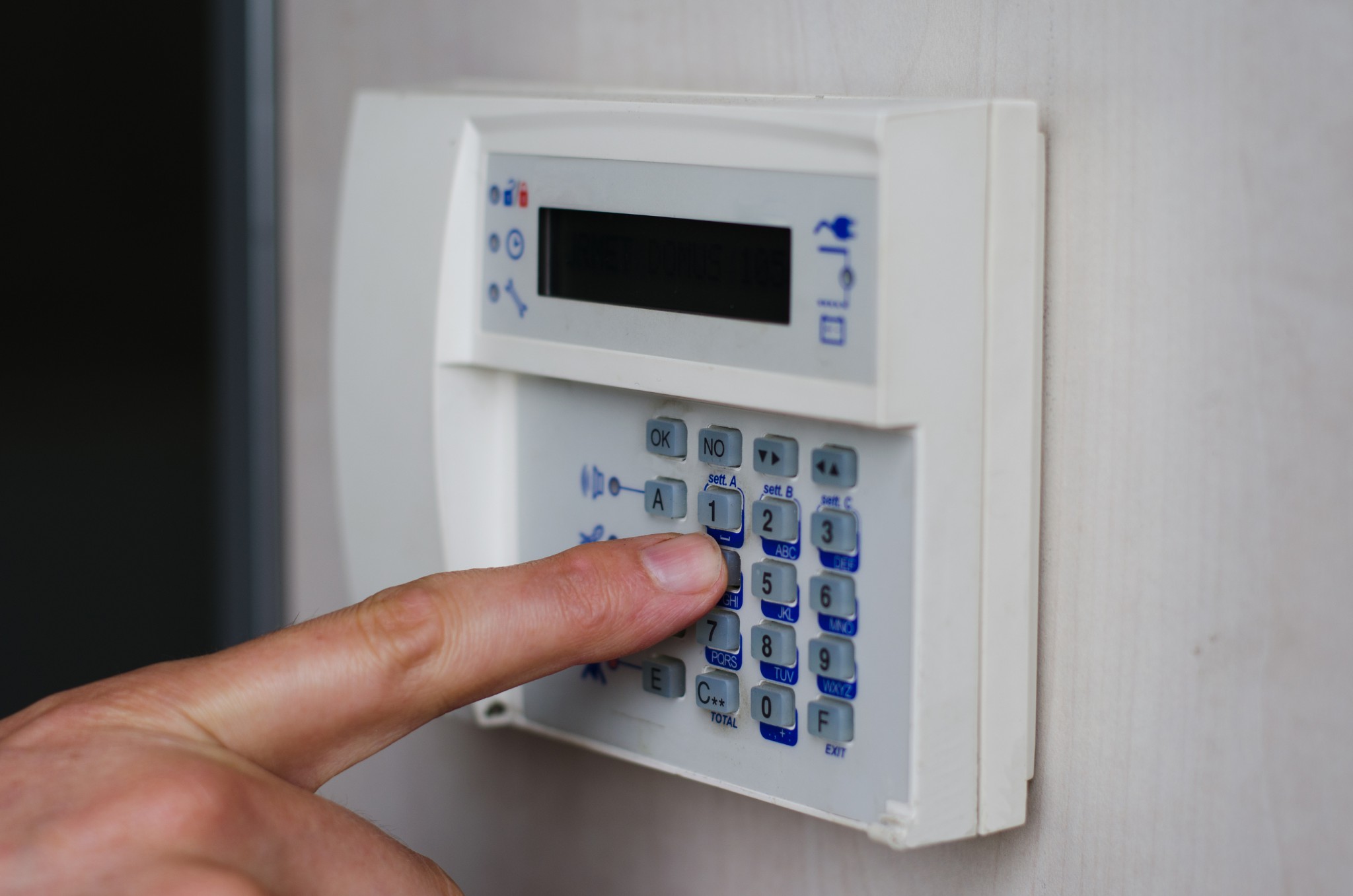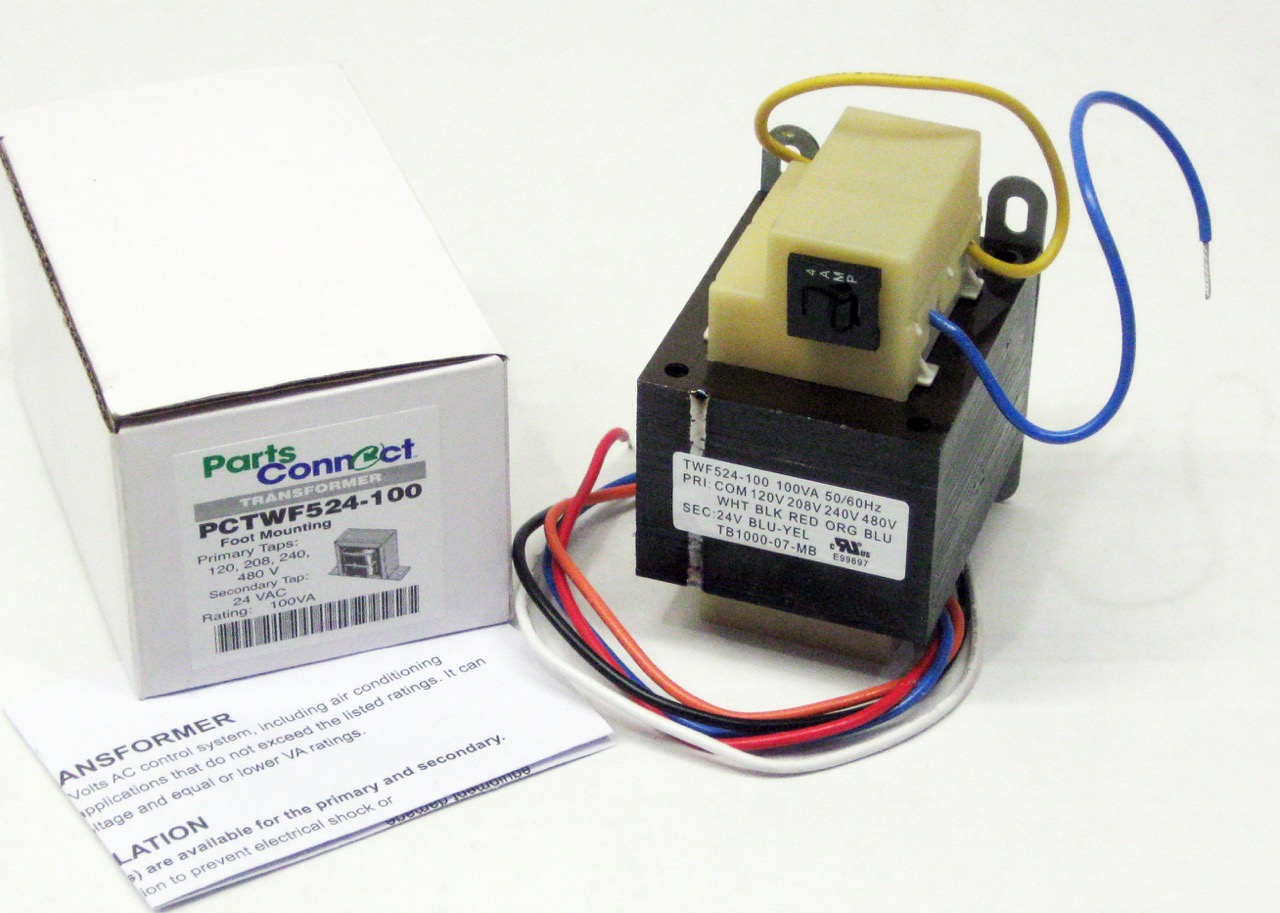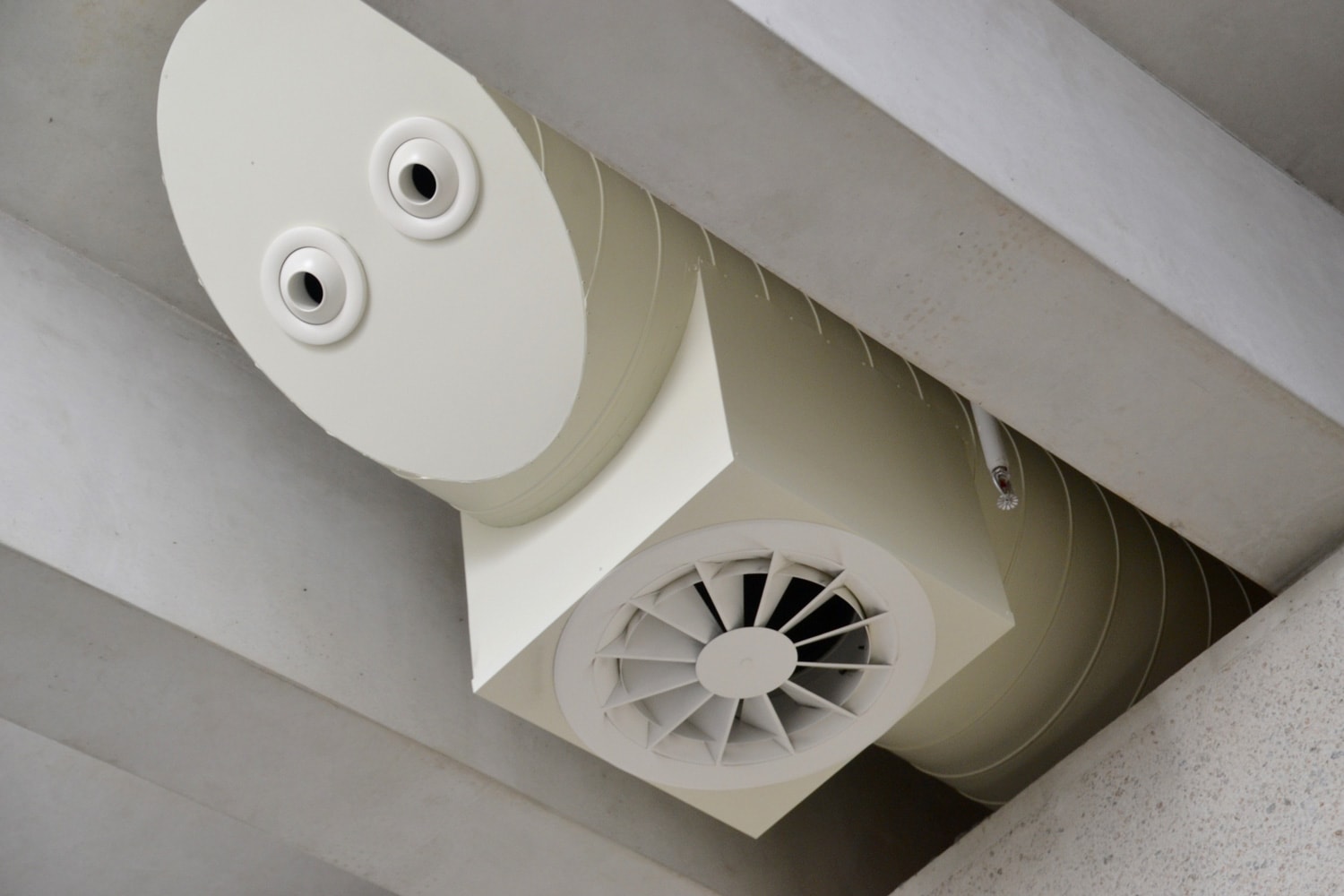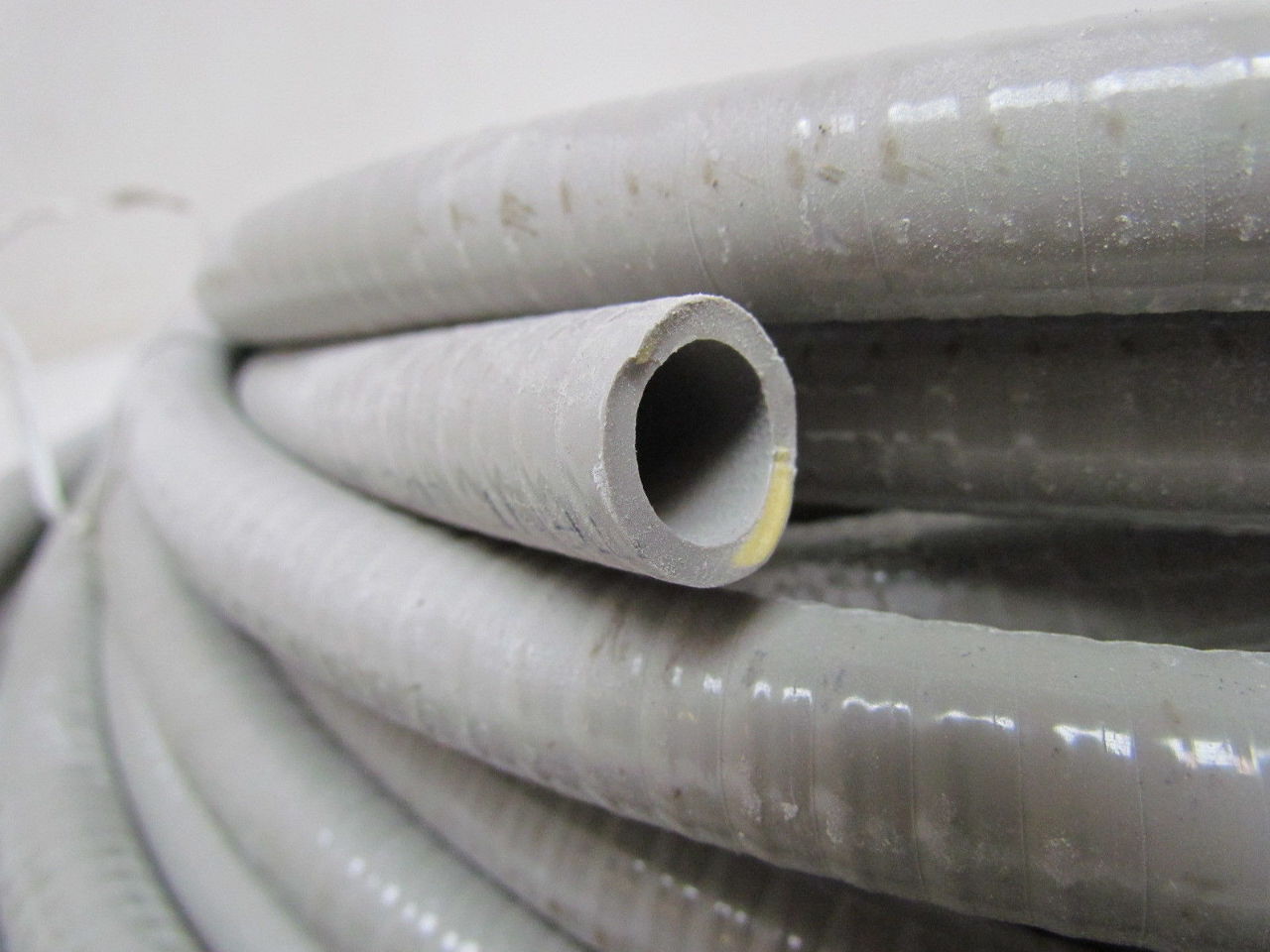Home>Home Security and Surveillance>How Often Should Non-Supervised Alarm Systems Be Tested
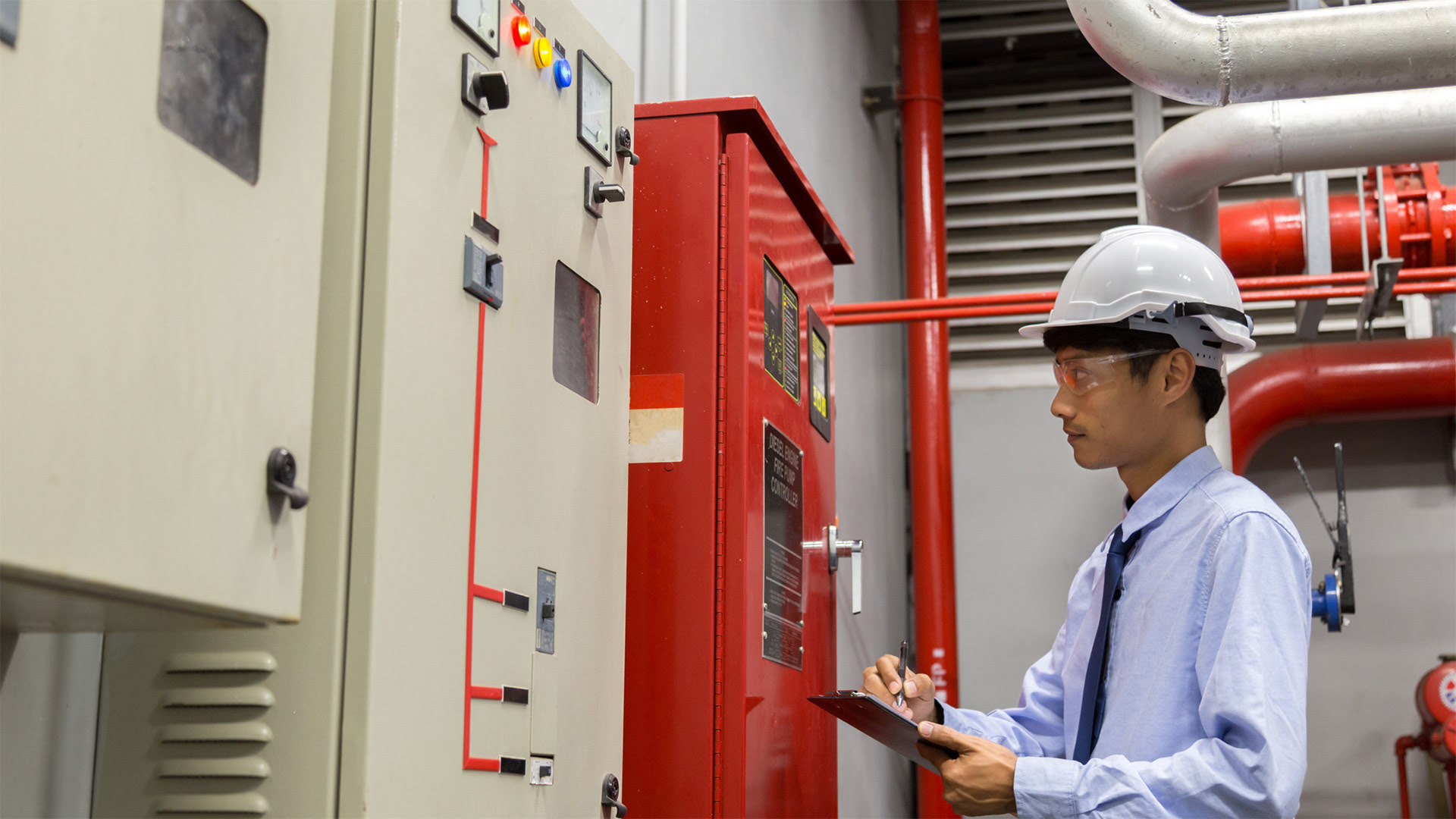

Home Security and Surveillance
How Often Should Non-Supervised Alarm Systems Be Tested
Modified: March 6, 2024
Ensure the effectiveness of your home security and surveillance with regular testing of non-supervised alarm systems. Discover how often you should test them for optimal protection.
(Many of the links in this article redirect to a specific reviewed product. Your purchase of these products through affiliate links helps to generate commission for Storables.com, at no extra cost. Learn more)
Introduction
Welcome to the world of home security and surveillance! In today’s rapidly evolving society, ensuring the safety and protection of our homes and loved ones has become a top priority. Non-supervised alarm systems have gained popularity as an effective means of safeguarding our properties, providing an added layer of defense against potential intruders or emergencies.
However, simply installing a non-supervised alarm system is not enough to guarantee its optimal functionality. Regular testing is crucial to ensure that the system is operating smoothly and will respond effectively in times of need. This article will delve into the importance of testing non-supervised alarm systems, factors to consider when determining testing frequency, recommended testing frequencies, common issues found during testing, best practices for conducting tests, and the benefits of regular testing.
Key Takeaways:
- Regular testing of non-supervised alarm systems ensures they work properly, deters intruders, and gives homeowners peace of mind.
- Testing every 3 months helps identify and fix issues, reduces false alarms, and extends the lifespan of alarm systems.
Importance of Testing Non-Supervised Alarm Systems
Non-supervised alarm systems serve as a critical component of home security, providing homeowners with the peace of mind that their property is protected even when they are away. These alarm systems consist of sensors, detectors, and a control panel that work together to detect any signs of unauthorized entry or potential emergencies.
However, over time, various factors can affect the performance of these systems. Dust accumulation, wiring issues, aging components, or even environmental factors like temperature fluctuations can impact the system’s efficiency. Without regular testing, homeowners may be unaware of these underlying problems, leaving their homes vulnerable to security breaches or system malfunctions.
Regular testing of non-supervised alarm systems helps identify any potential issues and ensures that the system is working as intended. By conducting thorough tests, homeowners can have confidence that their security measures are functioning optimally, providing an effective deterrent against intruders and offering quick responses to emergencies.
In addition to addressing system performance, testing non-supervised alarm systems allows homeowners to familiarize themselves with the operation and functionality of the system. Understanding how to arm, disarm, and troubleshoot the system can prevent false alarms, enhance efficiency, and minimize user errors. This knowledge is crucial during stressful situations when quick actions can make a significant difference in ensuring the safety of the home and its occupants.
Furthermore, regular testing of non-supervised alarm systems can serve as a deterrent itself. Potential intruders are less likely to target a property that shows visible signs of having a well-maintained and regularly tested alarm system. The mere presence of an alarm system can act as a strong deterrent, but knowing that it is regularly tested and functioning properly adds an extra layer of protection.
In summary, testing non-supervised alarm systems is of utmost importance to maintain their effectiveness, address any underlying issues, familiarize oneself with the system, and prevent potential security breaches. By making regular testing a priority, homeowners can ensure the optimal performance of their alarm systems and enhance the overall security of their homes.
Factors to Consider When Determining Testing Frequency
Determining the frequency at which non-supervised alarm systems should be tested is an important consideration to ensure their reliability and effectiveness. While there is no one-size-fits-all answer, several factors should be taken into account when establishing a testing schedule:
- Manufacturer Recommendations: Start by reviewing the manufacturer’s guidelines for testing and maintenance. Manufacturers typically provide recommendations for how often their specific alarm systems should be tested to ensure optimal performance. These guidelines serve as a valuable starting point for establishing a testing frequency.
- System Complexity: Consider the complexity of the alarm system. More advanced systems with multiple sensors, zones, or additional components may require more frequent testing to ensure all parts are functioning correctly.
- Environmental Factors: Take into account environmental factors that might affect the alarm system. Extreme temperatures, humidity, or exposure to dust and debris can impact the system’s performance, requiring more frequent testing and maintenance.
- Geographical Location: The location of the property can play a role in determining testing frequency. Properties in high-crime areas or regions prone to natural disasters may warrant more frequent testing to ensure preparedness for potential threats.
- System Age: Older alarm systems may require more frequent testing to address potential wear and tear or aging components. Regular tests can help identify any issues that may arise due to the system’s age.
- Frequency of False Alarms: Assess the frequency of false alarms. If the system has a history of triggering false alarms, it may indicate a need for more frequent testing to identify and resolve any underlying issues.
- Homeowner Preferences and Peace of Mind: Lastly, take into consideration the homeowner’s preferences and peace of mind. Some homeowners may feel more comfortable with frequent testing to ensure the system’s reliability and their own security.
Keep in mind that testing frequency may need to be adjusted over time, depending on changes in the above factors or the system’s performance. It is important to strike a balance between testing often enough to address potential issues and avoiding excessive testing that may inconvenience or disrupt the homeowners.
By considering these factors when determining testing frequency, homeowners can establish a schedule that best aligns with their specific needs, ensuring the effectiveness and reliability of their non-supervised alarm systems.
Recommended Frequency for Testing Non-Supervised Alarm Systems
When it comes to testing non-supervised alarm systems, there is no one-size-fits-all answer. The recommended frequency for testing can vary depending on factors such as the manufacturer’s guidelines, system complexity, environmental factors, and homeowner preferences. However, as a general guideline, it is recommended to test non-supervised alarm systems at least once every three months.
Testing the system every three months ensures that any potential issues or malfunctions can be detected and addressed in a timely manner. Regular testing helps identify problems such as faulty sensors, loose wiring connections, or software glitches before they become more significant issues. This frequency strikes a balance between ensuring the system’s reliability and minimizing potential inconveniences caused by excessive testing.
However, it is important to note that certain factors may warrant more frequent testing. For example, if the alarm system is located in an area with extreme weather conditions or is exposed to excessive dust or debris, more frequent testing may be necessary. Additionally, if the system has a history of false alarms or the homeowner wants to maintain a higher level of security, testing every one to two months may be more appropriate.
Conversely, for homeowners living in relatively low-risk areas or with newer alarm systems, testing every three to six months may be sufficient. It is crucial to consider the individual circumstances and needs of each homeowner when establishing the testing frequency.
In addition to regular testing, it is recommended to perform a comprehensive annual maintenance check by a professional technician. This maintenance check can include a thorough inspection of all system components, cleaning of sensors, battery replacement, and software updates. This annual maintenance helps ensure that the system remains in optimal condition and can address any issues that may not be identified during regular testing.
Remember, the recommended frequency for testing non-supervised alarm systems provides a general guideline, but it is important to consider other factors and adjust the testing frequency accordingly. By regularly testing and maintaining the system, homeowners can ensure the reliability and effectiveness of their non-supervised alarm systems in keeping their homes secure.
Test non-supervised alarm systems at least once a month to ensure they are functioning properly. Regular testing can help identify any issues and ensure the system is reliable in case of an emergency.
Common Issues Found During Testing
Testing non-supervised alarm systems is essential to identify any potential issues that may compromise the system’s effectiveness. Here are some common issues that are often detected during testing:
- Faulty Sensors: Sensors are a critical component of alarm systems, detecting unauthorized entry or triggering alarms in case of emergencies. During testing, it is not uncommon to find faulty or malfunctioning sensors. These sensors may fail to detect motion or may give false readings, leading to inaccurate alarms or ineffective security measures.
- Power Supply Problems: Alarm systems rely on a stable power supply to function properly. During testing, it is important to check the power source, including batteries or AC power connections. Issues such as low battery levels, loose connections, or power outages can disrupt the system’s functionality.
- Software Glitches: Alarm systems often have complex software programs that control their operation. Testing can uncover software glitches, such as firmware bugs or compatibility issues between different system components. These glitches may lead to false alarms, failure to trigger alarms when needed, or overall system instability.
- Communication Failures: Non-supervised alarm systems often rely on communication channels, such as landline, cellular networks, or internet connections, to transmit signals to monitoring centers or homeowners. During testing, it is crucial to verify the system’s communication capabilities to ensure that signals are being transmitted and received properly.
- User Interface Problems: The user interface of an alarm system, including keypad or mobile app controls, should be user-friendly and intuitive. Testing may reveal issues with the user interface, such as unresponsive buttons, confusing menu options, or errors in arming and disarming the system. Addressing these problems improves user experience and reduces the risk of user error.
- Environmental Interference: Environmental factors can interfere with the operation of non-supervised alarm systems. Testing may uncover issues such as electromagnetic interference from nearby electronics, poor signal strength in remote areas, or even physical obstructions blocking the sensors’ view. These issues need to be resolved to ensure accurate and reliable alarm system performance.
It is important to address any of these issues promptly to maintain the optimal functionality of non-supervised alarm systems. Regular testing helps identify and resolve these common issues, ultimately enhancing the system’s reliability and ensuring the security of the home and its occupants.
Read more: How Often Should I Test My Smoke Detector
Best Practices for Conducting Tests on Non-Supervised Alarm Systems
When it comes to testing non-supervised alarm systems, following best practices can help ensure accurate results and maintain the system’s effectiveness. Here are some best practices to consider:
- Read the Manufacturer’s Instructions: Familiarize yourself with the manufacturer’s instructions for testing and maintenance. Understanding the specific requirements and recommendations for your alarm system is crucial in conducting effective tests.
- Establish a Testing Schedule: Create a regular testing schedule based on factors such as system complexity, environmental conditions, and homeowner preferences. Consistency is key to ensure the system is being tested at appropriate intervals.
- Notify Monitoring Center: If your non-supervised alarm system is connected to a monitoring center, inform them before conducting any tests. This prevents any unnecessary emergency response due to false alarms triggered during testing.
- Simulate Real-World Scenarios: When testing the alarm system, try to simulate real-world scenarios. Activate various sensors, test different zones, and ensure that all components are functioning correctly. This helps identify any weaknesses or vulnerabilities in the system.
- Test Different Entry Points: Ensure that you test all entry points protected by the alarm system, including doors, windows, and other potential access points. This comprehensive testing ensures that the system covers all vulnerable areas of your home.
- Check Communication Channels: Verify that the system’s communication channels are working correctly. Test both the transmission and reception of signals to ensure that alarms can be properly transmitted to monitoring centers or mobile devices.
- Inspect Power Supply: Regularly check the power supply of your alarm system. Ensure that batteries are fully charged or replace them if required. For systems connected to AC power, verify the electrical connections and ensure uninterrupted power flow.
- Document and Report Issues: Keep a record of any issues or abnormalities encountered during testing. If you identify any problems, notify the manufacturer, installer, or a professional technician to address and resolve the issues promptly.
- Regular Maintenance: In addition to testing, schedule routine maintenance checks by a professional technician. This ensures that the system is thoroughly inspected, cleaned, and maintained to prevent potential issues.
- Stay Informed: Stay updated on the latest technological advancements and updates related to your alarm system. Regularly review the manufacturer’s website or newsletter for any software updates or important information that may enhance the system’s performance.
By following these best practices, you can conduct effective tests on your non-supervised alarm system, address any issues, and maintain its optimal functionality. Remember, regular testing and maintenance are vital in ensuring the reliability and effectiveness of your home security system.
Benefits of Regular Testing
Regular testing of non-supervised alarm systems offers numerous benefits to homeowners. By incorporating testing as a routine practice, the following advantages can be realized:
- Ensure Effective System Performance: Regular testing helps ensure that the alarm system is functioning as intended. By identifying and resolving any issues promptly, homeowners can have confidence in the system’s ability to detect intrusions or trigger alarms in case of emergencies.
- Minimize False Alarms: False alarms can be a nuisance for both homeowners and monitoring centers. Regular testing allows homeowners to verify the sensitivity of the sensors, reducing the likelihood of false alarms caused by environmental factors or system malfunctions.
- Increase Security: Non-supervised alarm systems act as a deterrent against potential intruders. Regular testing and visible signs of an operational system can increase the perceived level of security, deterring criminals from targeting your property.
- Enhance User Familiarity: Regular testing provides an opportunity for homeowners to become familiar with the alarm system. Understanding how to arm, disarm, and operate the system effectively promotes user confidence, minimizing user errors and maximizing the system’s potential.
- Detect Hidden Issues: Through testing, hidden issues that may not be apparent during everyday use can be uncovered. Dust accumulation, loose connections, or aging components can affect the system’s performance. Detecting and addressing these issues promptly prevents larger problems from arising in the future.
- Maximize System Lifespan: Regular testing and maintenance can extend the lifespan of the non-supervised alarm system. By addressing issues early on and keeping the system in optimal condition, homeowners can avoid premature failure and the need for costly replacements.
- Comply with Insurance Requirements: Some insurance policies require regular testing and maintenance of security systems as a condition of coverage. By conducting routine tests, homeowners can ensure compliance with their insurance policies and potentially qualify for discounts.
- Provide Peace of Mind: Perhaps one of the greatest benefits of regular testing is the peace of mind it brings to homeowners. Knowing that the alarm system is regularly tested and maintained instills a sense of security, allowing homeowners to focus on other aspects of their lives with confidence.
In summary, regular testing of non-supervised alarm systems offers a wide range of benefits, including effective system performance, reduced false alarms, increased security, enhanced user familiarity, detection of hidden issues, extended system lifespan, insurance compliance, and peace of mind. By making testing a priority, homeowners can optimize the performance of their alarm systems and ensure the safety and security of their homes and loved ones.
Conclusion
Regular testing of non-supervised alarm systems is crucial for maintaining the reliability, effectiveness, and overall security of your home. By conducting tests at recommended intervals, you can identify any underlying issues, familiarize yourself with the system’s operation, and ensure its optimal performance.
During the testing process, it is important to consider factors such as the manufacturer’s recommendations, system complexity, environmental conditions, the age of the system, and homeowner preferences. These factors help establish an appropriate testing frequency that aligns with your specific needs.
Common issues that can be found during testing include faulty sensors, power supply problems, software glitches, communication failures, user interface problems, and environmental interference. By addressing these issues promptly, you can maintain the functionality and reliability of your alarm system.
Conducting tests on your non-supervised alarm system requires following best practices, such as reading the manufacturer’s instructions, establishing a testing schedule, simulating real-world scenarios, checking communication channels, inspecting the power supply, and documenting any issues encountered. These practices ensure accurate results and maximize the effectiveness of your system.
The benefits of regular testing are numerous. By testing your alarm system regularly, you can ensure effective system performance, minimize false alarms, increase security, enhance user familiarity, detect hidden issues, extend the system’s lifespan, comply with insurance requirements, and ultimately gain peace of mind.
In conclusion, regular testing of non-supervised alarm systems is an essential part of maintaining home security and surveillance. By incorporating testing as a routine practice, you can proactively address any issues, ensure the system’s reliability, and have confidence in the protection of your home and loved ones.
Frequently Asked Questions about How Often Should Non-Supervised Alarm Systems Be Tested
Was this page helpful?
At Storables.com, we guarantee accurate and reliable information. Our content, validated by Expert Board Contributors, is crafted following stringent Editorial Policies. We're committed to providing you with well-researched, expert-backed insights for all your informational needs.
